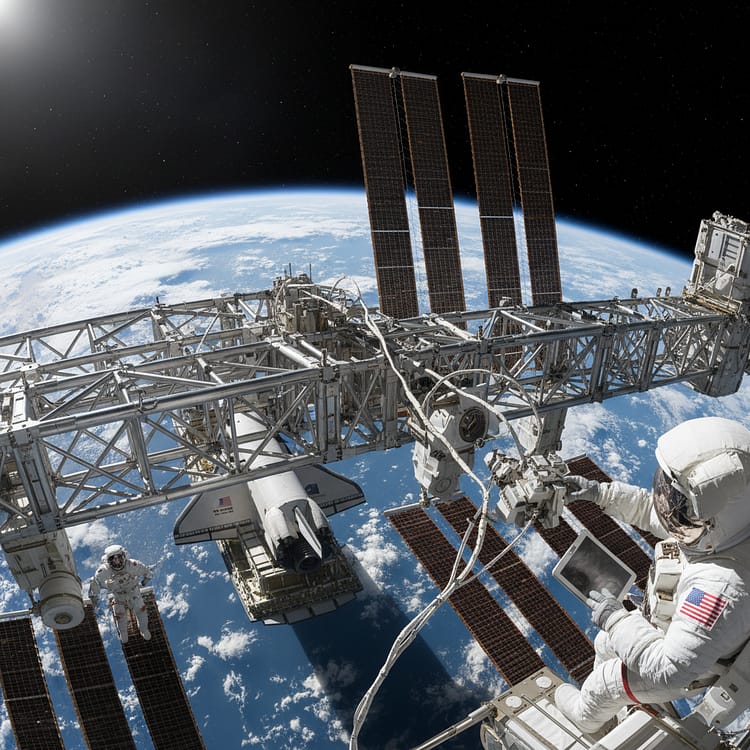The Integrated Truss Structure of the International Space Station is the backbone that supports solar arrays, radiators, batteries, and robotic systems. This Integrated Truss Structure spans over 100 meters and was assembled through multiple Space Shuttle missions. Understanding the Integrated Truss Structure is key to learning how astronauts installed solar arrays and radiators. Each segment of the Integrated Truss Structure was carefully aligned using robotic arms.
The Integrated Truss Structure also includes the Solar Alpha Rotary Joint for tracking the sun. Challenges during construction tested the Integrated Truss Structure, including repairs to solar arrays. The completed Integrated Truss Structure ensures power and stability for the ISS. This article explores each stage of the Integrated Truss Structure, detailing assembly, spacewalks, and robotic operations, highlighting the engineering behind the Integrated Truss Structure that keeps the ISS operational today.
FAQs about the Integrated Truss Structure
1. What is the Integrated Truss Structure on the ISS?
The Integrated Truss Structure is the main backbone of the International Space Station. It supports solar arrays, radiators, batteries, and robotic systems, ensuring the station’s structural stability and efficient energy distribution.
2. How long is the Integrated Truss Structure?
The Integrated Truss Structure spans over 100 meters, making it the longest structure ever assembled in space. Its design allows it to support various modules and equipment along the station.
3. How was the Integrated Truss Structure assembled?
Assembly of the Integrated Truss Structure involved more than 10 Space Shuttle missions, robotic arm operations using Canadarm and Canadarm2, and numerous spacewalks by astronauts to install and secure each segment.
4. What are the main components attached to the Integrated Truss Structure?
Major components include eight solar array wings for power, radiators for cooling, batteries for energy storage, external storage platforms, and robotic systems that move cargo and support maintenance tasks.
5. Were there any challenges during its construction?
Yes, the Integrated Truss Structure faced multiple challenges. Notably, the P6 solar array tear in 2007 required astronauts to perform a delicate repair using improvised tools during a spacewalk.
6. How does the Integrated Truss Structure help with solar energy?
It houses Solar Alpha Rotary Joints (SARJ) and Beta Gimbal Assemblies, allowing solar arrays to rotate and track the sun, maximizing energy generation for the ISS.
7. Is the Integrated Truss Structure still in use today?
Absolutely. The Integrated Truss Structure continues to support the ISS, including newer Roll-Out Solar Arrays (iROSA), ensuring the station remains fully operational and powered for current and future missions.
Conclusion
The Integrated Truss Structure is more than just a backbone for the International Space Station—it is a testament to human engineering, ingenuity, and international collaboration. From its initial assembly with the first P6 segment to the careful deployment of solar arrays and radiators, every step of its construction required precise planning, teamwork, and innovation.
Despite challenges like torn solar panels and delicate spacewalk repairs, the Integrated Truss Structure has stood the test of time, enabling the ISS to generate power, maintain stability, and support astronauts living and working in space. Today, with upgrades like the Roll-Out Solar Arrays (iROSA), the Integrated Truss Structure continues to ensure the station operates efficiently, serving as a symbol of what can be achieved when nations work together to push the boundaries of exploration.



